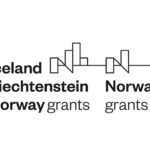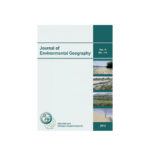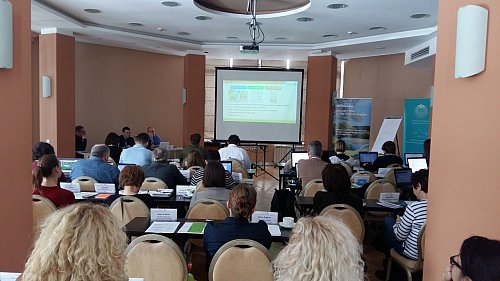DRIDANUBE PROJECT FIRST YEAR REVIEW AND REGIONAL TRAINING ON DROUGHT RISK ASSESSMENT
Drought Risk in the Danube Region (DriDanube) isone of the flagship projects of EUSDR PA5. Following the issuance of a Letter of Recommendation, the priority area is keen to follow the project implementation as well and ready to provide its support by the creation of an optimal drought management model.
The 3rd project meeting, first year review and drought risk assessment training of DriDanubehave been held in Belgrade between 28/2/2018 – 2/3/2018 hosted by the Republic Hydrometeorologic Institute of Serbia.
Project financing performance is good as it was stated by the representative of the Danube Transnational Programme Joint Secretariat during the meeting. From EUSDR PA5 perspective the elaboration of the project’s professional content is promising.
The development of the Drought User Service (DUS) will enable more accurate and efficient drought monitoring and early warning for the entire Danube region. The training of trainers (October 2017, Brno) and the following survey of stakeholders from different sectors will secure an optimal framework for the future potential users of the mapserver. DUS will include a set of Earth Observation data from a range of operational remote sensing satellites, which are processed into ready-to-use drought information, available to the general public with a web-browser interface.
Near-real time drought impact assessment based on satellite data and different crop yields correlation in parralel with the setting-up of a national reporting network of farmers (recently around 140 farms from CZ and 23-40 in SK) will also provide the oportunity of forecasting (pilot study have been carried out in Czech Republic).
Common methodology of drought risk assessment and drought risk mapping in the Danube region will be elaborated. Real drought risk assessment does not exist in the Danube region, as it was concluded by a state-of-art analysis of drought risk assessment methods based on the project survey carried out in 2017. Following the previous theoretical review of risk calculations, project partners now discussed the statistical/mathematical background, data needs and the limitations of such an exercise which will be elaborated mostly by the Hungarian Meteorological Service (OMSZ) and the University of Novi Sad within the project.
How to involve all levels of stakeholders of the drought management cycle? The project tries to find solution among others for this question when bringing guidance for overcoming the gaps in the drought decision-making processes and improve drought emergency response in the Danube region. Therefore stakeholder mapping and national briefing seminars were carried out last year.
Synergies with JoinTisza also have been identified during the first year project implementation. For the investigation of climate change induced water quantity issues an Ad Hoc Task Group was setting-up by the JoinTisza project consortium and possible common pilot areas were described with DriDanube. The application of Shared Vision Planning method within the Tisza river basin is also followed by the DriDanube project team.
EUSDR PA5 representative made the participants aware that in 2017 DriDanube project was also highlighted in the special issue of the Hungarian Journal of Hydrology thanks to the project team. This year a thematic issue of the ‘Journal of Environmental Geography‘ is planned to be published focused on ‘Climate change adaptation in the Danube region’. Research papers from the DriDanube community are also welcomed!




